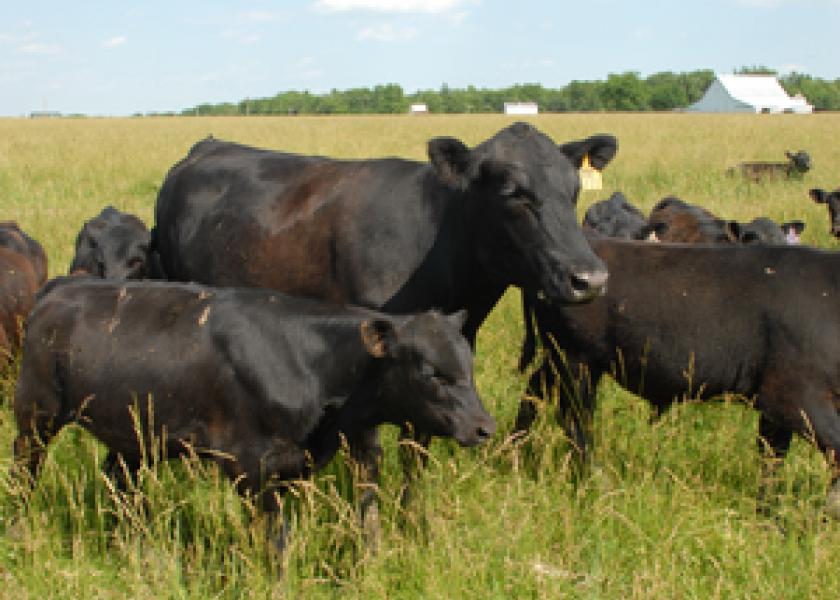Dakota Corn and Soybean Production Explode

Acreage shifts: pastureland declines making way for row crops
Dakota country is increasingly less a land of small grain and more a new empire for corn and soybeans as the Corn Belt is rapidly shifting north and west.
"Technology transfer, that towers above all other factors, such as glyphosate-ready soybeans and Bt corn," says Lisa Richardson, executive director of the South Dakota Corn Growers Association. Drought-resistant seeds could push corn and soybeans further into the Dakotas, she says.
"Ultimately, it’s the price," says Joel Ransom, agronomist at North Dakota State University. "With prices of late, guys aren’t going to grow as many small grains."
The numbers are astounding. From 2001 to 2011, North Dakota corn acres increased by a 153%, with soybean acres up 86%. U.S. corn acres rose 21% during the period, while soybean acres changed very little. Even so, North Dakota still has three times more wheat acres than corn, although wheat acres fell by 28% during the 10-year span. The big hits came on small grains such as oats, down 70%, and barley, down 73%.
South Dakota corn acres increased by 36% during the decade, with soybean acres modestly lower in 2011 from 2001. Like its neighbor, South Dakota oats were sharply lower, down 66%, and barley, down 72%.
"There’s still room for more corn and soybean growth," says Tom Lilja, executive director of the North Dakota Corn Growers Association. Moreover, word has gotten around that farmers planting corn have received good yields even in dry years. "Guys could not believe the corn and soybean yields they got in 2012," Lilja says.
Rainfall in the Dakotas has mostly been adequate during the past decade, further encouraging a corn and soybean shift, says David Saxowsky, a farm management specialist at North Dakota State University. Another huge factor is the large number of ethanol plants and other processing plants in the region that have created an instant market, he says.
Farm policy changes, beginning with Freedom to Farm in 1996, also set the stage for growth in corn and soybeans in the Dakotas, says Matt Diersen, ag economist at South Dakota State University. "At some point, specialty crops get eliminated from the rotation," he says. One final factor is that livestock returns have not been positive during the past decade. Pastures have been converted to cropland, which has mostly been corn and soybeans.







